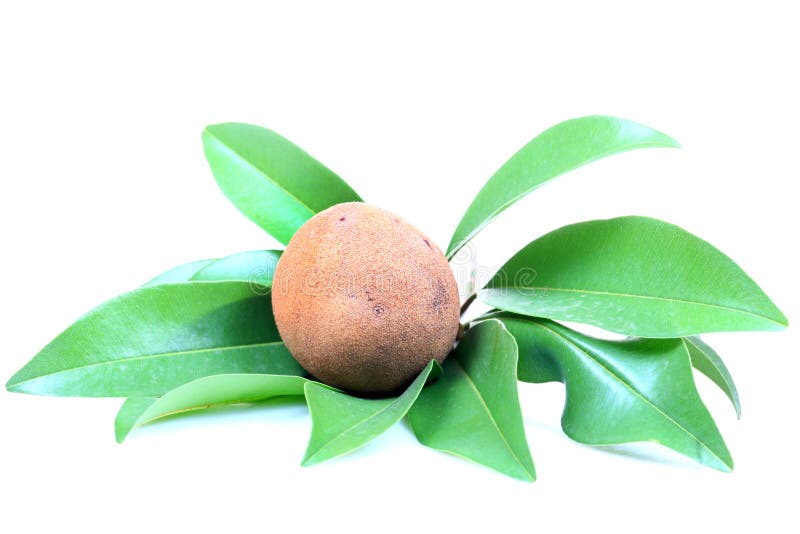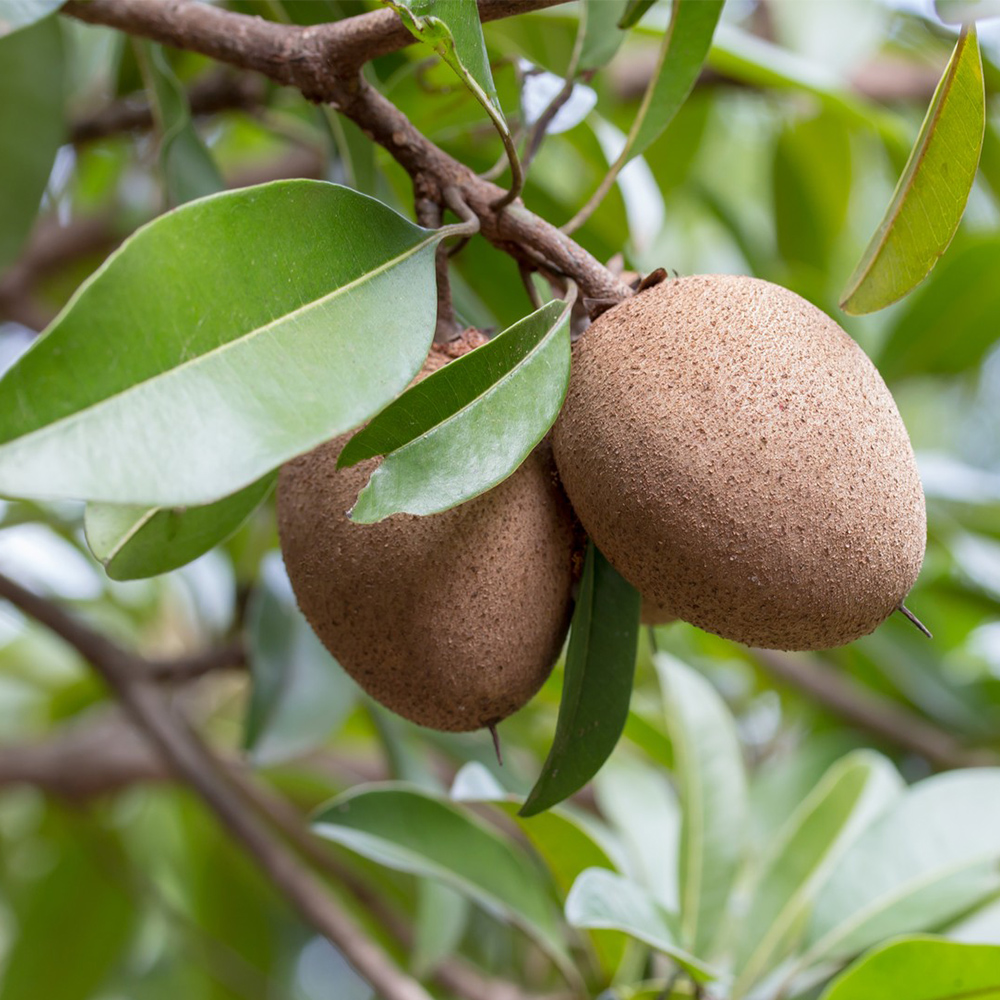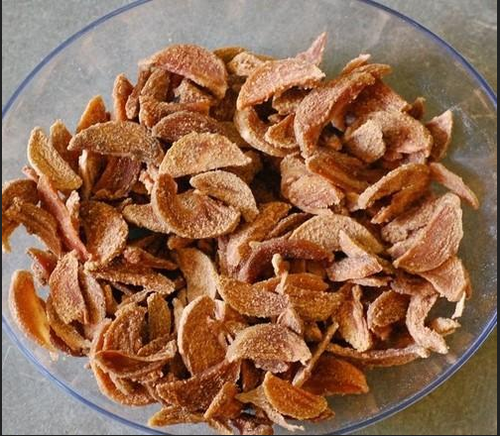

Today, sugar cane is an important crop as it is used to make sugar and rum. That was a gift with a steep price as it also brought institutional slavery along with it on the sugar plantations. It is one of the crops Christopher Colombus brought to Jamaica.

But I wanted to include it as it has so many ties to its history, and is one of the plants to eat in Jamaica. Sugar cane is technically not a fruit in Jamaica but an edible grass. It thrives in volcanic soil and grows well in Jamaica as it is believed Jamaica was created by prehistoric volcanoes. It has been turned into fruit powder, tonics and capsules. It is widely believed in the world of natural medicine that that noni can heal everything from asthma to impotence to cancer. In all of these countries the most common way to consume noni is as juice. It is upheld as a healing fruit from South Asia to Hawaii to Latin America and is also known as the Indian mulberry, great morinda or beach mulberry. Some people call it cheese fruit, others call it vomit fruit.Īnd yet it is also known as a miracle fruit. It smells like a strong parmesan or blue cheese. Noni is incredibly good for you but the smell of it is horrible and so is the strong, bitter taste. One of the most loved and despised Jamaica fruit. Most often it is turned into juice with lots of added sugar, or with other fruit to make a smoothie. It is a sweet but sour Jamaican fruit and can only be eaten raw if it is very very ripe – otherwise it is simply too tart. It is named after its star shape and is also called starfruit, and carambola in Spanish. KamrangaĪlso called jimbilin in Jamaica, which is confusing because that means there are two Jamaican fruits called jimbilian in Jamaica.Īnd believe me it causes a lot of arguments on Youtube videos featuring the fruit. They can be peeled, marinated in lime juice and served in a fruit salad.
#Chikoo pictures skin#
It is possible to eat them raw but the skin can be pretty tough.

No matter what you call it you must eat them with care as this Jamaican fruit juice stains and its so tough to get out.Ĭherry guinep season in Jamaica runs August through October.īecause it’s so mild it is often used in savoury cooking, especially in stews or fried like a plantain They are also called ganespas, limoncillo, mamoncillo, or quenapas. And they taste like a mixture of lemon and lime.Ĭherry guineps also grow throughout Latin America and thrive in dry forests where they can be quite tall. Known in other countries as Spanish lime, these Jamaican fruits are neither limes nor cherries.Ībout the size of a small ping pong ball, you need to break open the skin to suck the flesh off a pit – much like you would with a rambutan or lychee fruit. Otabeite apple season in Jamaica and February through April. It feels and tastes more like a pear with a light, spongy flesh. While it looks somewhat like an apple with a red skin, it is more like a pear shaped fruit. Be sure to spit out the bitter seed.įrom the South Pacific islands, Otaheite (pronounced O-Tahiti) apple is also called Malay rose apple, mountain apple, coco plum and Ethiopia apple. To eat cacao you simply take one of its pods and suck on the outside flesh. The fruit is sweet and tangy before its roasted and processed for chocolate The cacao fruit pod holds beans but they taste nothing like chocolate. I first learned this staying with the Bribri indigenous people when they shared typical Costa Rican fruit.īefore that I’m not sure how I thought chocolate was made as I had only ever seen cacao nibs. If you’ve never visited a chocolate producing region, you may not have realized that chocolate is actually a fruit! It looks like an orange but is a bit more flat, with thicker skin and often juicier. The name is derived from the words “orange, tangerine and unique”. This citrus fruit was developed in Jamaica, a cross between an orange and a tangerine. The name ortanique is also created from orange, tangerine and also unique. The name tangor is tang from tangerine and or from orange. It is a cross between a mandarin orange and sweet orange. Want to strike up a conversation with locals, ask them what the best Jamaican mango is!Įveryone has a different opinion and some people passionately debate why their beloved mango variety is best.Īlso known as tangor, this is a Jamaican fruit hybrid from Manchester. This list is getting so long but there are more Jamaican mango names! Come see aka sweetie, sweetie come brush me.Black aka black sweety, blackie, dunkell,green gauge, kidney.But mangoes are considered a local Jamaican fruit. It is believed that mangoes originated in India, from over 4000 years ago. Mango is absolutely one of the most consumed Jamaican fruits, locals love them.Īnd unlike what we have imported, there isn’t just the yellow or green type of mango – they are SO many types of Jamaican mangoes.


 0 kommentar(er)
0 kommentar(er)
